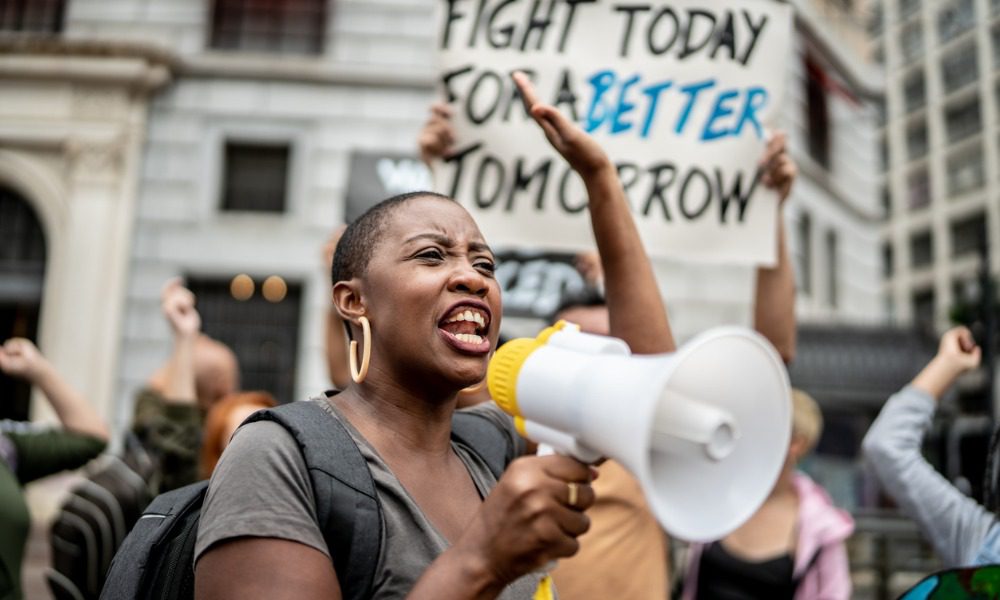New legislation highlights need for strike and deadly weapons coverage

New legislation highlights need for strike and deadly weapons coverage | Insurance Business America
Insurance News
New legislation highlights need for strike and deadly weapons coverage
How business can prepare in highly charged political climate
Insurance News
By
Nicole Panteloucos
Political unrest has become a growing concern across the United States, with increasing instances of strikes, riots, and civil commotion.
Amid the COVID-19 pandemic, the George Floyd protests highlighted a period of heightened tensions and calls for social justice. More recently, Columbia University has become an epicenter for Gaza-related protests, reflecting broader trends of campus activism.
However, the US is not the only country grappling with a highly charged political atmosphere. The ongoing Russian conflict against Ukraine continues to threaten peace in Europe, and with over 60 countries heading to the polls this year, there’s a looming question: will 2024 usher in a new wave of political unrest?
“When you look at the US and globally, the environment is probably even hotter than it was four years ago. There is a lot of reason to believe that political instability could be an issue,” said Matthew Westhoff, head of North America commercial property at Beazley.
Navigating new mandates
Protests, strikes, and riots can disrupt businesses, cause significant property damage, and pose safety risks to employees.
Strikes, riots, and civil commotion (SRCC) coverage not only guards against the financial losses incurred from property damage or theft during such events but also ensures that businesses can manage potential liabilities arising from injuries to employees or customers.
Recent legislative developments have heightened the urgency for businesses to reassess their insurance coverages related to these types of events.
Starting this month, California state Senate Bill 553 will require businesses with exposure in the state to implement robust workplace violence prevention plans.
Lucy Straker, focus group leader USA, political violence and deadly weapons protection at Beazley, highlighted the critical nature of this requirement. “The bill places a clear responsibility on clients to develop comprehensive workplace violence plans,” Straker said. “However, it stops short of detailing what these plans should look like.”
The importance of SRCC coverage
This lack of specificity in the legislation could mean that many companies are at risk of non-compliance.
Due to the uncertainty surrounding S.B. 533, it is more important than ever for businesses to include robust SRCC coverage in their violence prevention plans, especially in an environment where many executives still feel unprepared to handle these challenges.
Findings from Beazley’s 2024 Geopolitical Risk report revealed that 32% of US business leaders viewed political risk as their top threat this year. Yet, a quarter (25%) of those surveyed felt unprepared to deal with these threats.
Describing those most at risk from strike and rioting events, Westhoff noted, “The low-hanging fruit is your national, retail-focused client who has many locations across the country that could be impacted by multiple occurrences happening all over.”
“We’ve got the perfect storm of factors that have the potential to cause unrest in the country,” Straker said.
Protection against deadly weapons
Another type of coverage that companies should consider is deadly weapons protection.
These policies provide primary liability coverage for lawsuits arising from harm caused by attacks involving deadly weapons. Additionally, they cover business interruption, accidental death, and crisis management expenses, offering vital support in the aftermath of such incidents.
“When it comes to deadly weapons, it’s a massive mix of clients. You get the sophisticated clients, because they’ve got money to spend on insurance, and they’re trying to identify gaps. But then you also have those smaller clients who want to buy our product to help them with risk management,” said Straker.
When it comes to strikes, riots and deadly weapons coverage, Straker and Westhoff note that clients tend to be more reactive rather than proactive, a trend they hope to see change.
Related Stories
Keep up with the latest news and events
Join our mailing list, it’s free!






